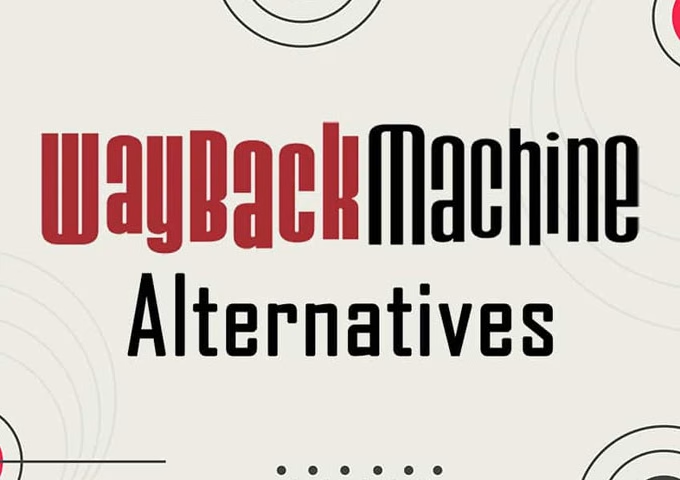In the dynamic world of startups, effective utilization of technology can be the key differentiator between success and obscurity. As businesses increasingly turn to Software as a Service (SaaS) solutions, the integration of these services with WordPress has become a crucial consideration. This guide aims to assist startups in navigating the SaaS landscape and making informed decisions about the development approaches for WordPress integration.
Understanding the SaaS Development Spectrum
SaaS development for WordPress can take various forms, each with its own set of advantages and challenges. Startups must carefully evaluate their needs and objectives before selecting a specific approach.
Understanding the SaaS Development Spectrum is paramount for startups as they navigate the intricate landscape of WordPress integration. Therefore, to ensure the successful execution of their chosen approach, startups should hire SaaS developers who possess the expertise and skills necessary for seamless integration.
1. Custom Development: Tailoring Solutions to Fit Your Needs
Custom development involves creating a SaaS solution from the ground up, specifically tailored to meet the startup’s unique requirements. This approach provides unparalleled flexibility, allowing for the incorporation of features that align precisely with the business model.
Pros:
Tailored Solutions: Custom development allows startups to create a product that perfectly aligns with their vision and goals.
Scalability: The solution can be designed to scale seamlessly as the startup grows.
Competitive Edge: Unique features can give the startup a competitive advantage in the market.
Cons:
Cost and Time: Custom development is often more time-consuming and expensive compared to other approaches.
Maintenance Challenges: Ongoing maintenance and updates can be resource-intensive.
2. Integration with Third-Party SaaS Solutions: Leveraging Existing Tools
Startups can opt to integrate their WordPress platform with existing third-party SaaS solutions. This approach is quicker and often more cost-effective than custom development, as it leverages pre-built functionalities.
Pros:
Rapid Deployment: Integration with third-party solutions can significantly reduce development time.
Cost-Efficiency: Utilizing existing SaaS products can be more budget-friendly.
Specialized Expertise: Leveraging established SaaS providers means relying on their expertise.
Cons:
Limited Customization: The startup is constrained by the features offered by the third-party solutions.
Dependency Risks: Reliance on external services may pose risks if the third-party solution undergoes changes or discontinuation.
3. Headless CMS Approach: Decoupling Frontend and Backend for Flexibility
The Headless CMS approach involves decoupling the frontend and backend, allowing startups to choose a SaaS backend while using WordPress for content management on the frontend. This provides flexibility without sacrificing the benefits of WordPress.
Pros:
Flexibility: Startups can choose a SaaS backend that best fits their needs while still using the familiar WordPress interface.
Content Management: WordPress can be used for content creation and management, providing a seamless user experience.
Cons:
Complexity: Implementing a Headless CMS can be more complex than traditional integration.
Learning Curve: Teams may need to familiarize themselves with the intricacies of decoupled architectures.
Evaluating Factors for Decision-Making
Making the right decision involves considering various factors that are unique to each startup. Here are key considerations to keep in mind:
1. Budget Constraints: Balancing Cost and Quality
The budget is a critical factor for startups. While custom development might offer unparalleled customization, it often comes with a higher price tag. Integrating with existing SaaS solutions or adopting a Headless CMS approach may be more budget-friendly alternatives.
2. Time-to-Market: Speed is of the Essence
For startups looking to establish themselves quickly in the market, time-to-market is a crucial consideration. Integrating with third-party solutions or adopting a Headless CMS approach can expedite the development process compared to custom development.
3. Scalability: Planning for Growth
Consider the long-term scalability of the chosen approach. Custom development allows for scalability tailored to the startup’s growth trajectory, while third-party solutions and Headless CMS may provide scalability to varying degrees.
4. Technical Expertise: Leveraging Skills Within the Team
The technical expertise within the startup’s team is a significant factor. Custom development requires a certain level of proficiency, while integrating with third-party solutions may demand different skill sets. The Headless CMS approach requires an understanding of decoupled architectures.
Best Practices for Successful Integration
Regardless of the chosen approach, startups can follow these best practices for successful SaaS development and WordPress integration:
1. Thorough Research: Know Your Options
Before making a decision, conduct thorough research on the available SaaS options and their compatibility with WordPress. Consider factors such as user reviews, support, and the provider’s track record. Additionally, incorporating tools like Conjointly’s Kano Model Tool can enhance your decision-making process by helping you prioritize features based on user preferences, identifying which functionalities are essential, which improve satisfaction, and which delight users.
2. Security First: Protecting User Data
Prioritize security in the development process. Ensure that the chosen SaaS solution and WordPress integration adhere to industry-standard security practices to protect user data and maintain trust.
3. User-Centric Design: Prioritizing User Experience
Regardless of the chosen approach, prioritize user experience. A seamless integration with WordPress should enhance, not hinder, the user journey. Consider user feedback and iterate on the integration for continuous improvement.
4. Scalability Planning: Future-Proof Your Solution
Plan for scalability from the outset. Whether customizing, integrating with third-party solutions, or adopting a Headless CMS approach, ensure that the chosen solution can scale with the startup’s growth.
Conclusion
In the intricate landscape of SaaS development for WordPress integration, startups must carefully navigate their options. The choice between custom development, integration with third-party solutions, or adopting a Headless CMS approach depends on a multitude of factors, including budget, time constraints, scalability requirements, and the technical expertise within the team.
By understanding these approaches and evaluating key considerations, startups can make informed decisions that align with their goals. Whether aiming for rapid deployment, unique customization, or a flexible content management system, startups can find the right path to navigate the SaaS landscape and integrate seamlessly with WordPress successfully.













